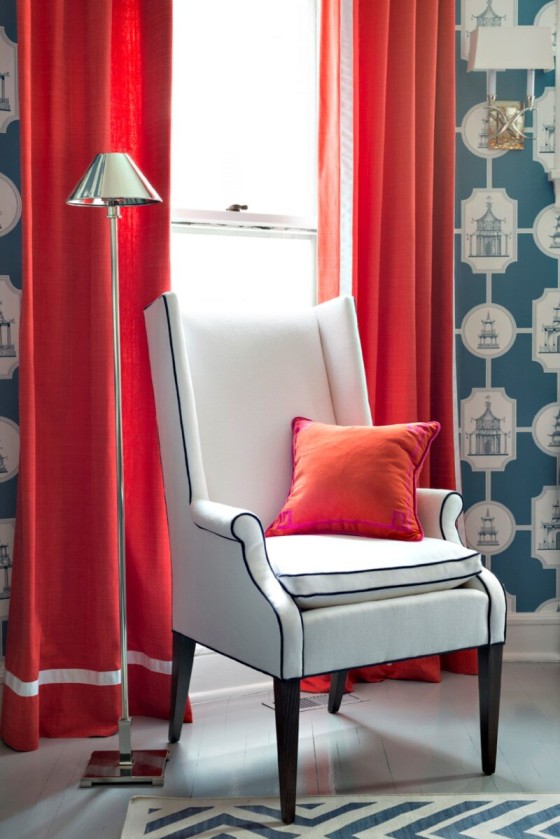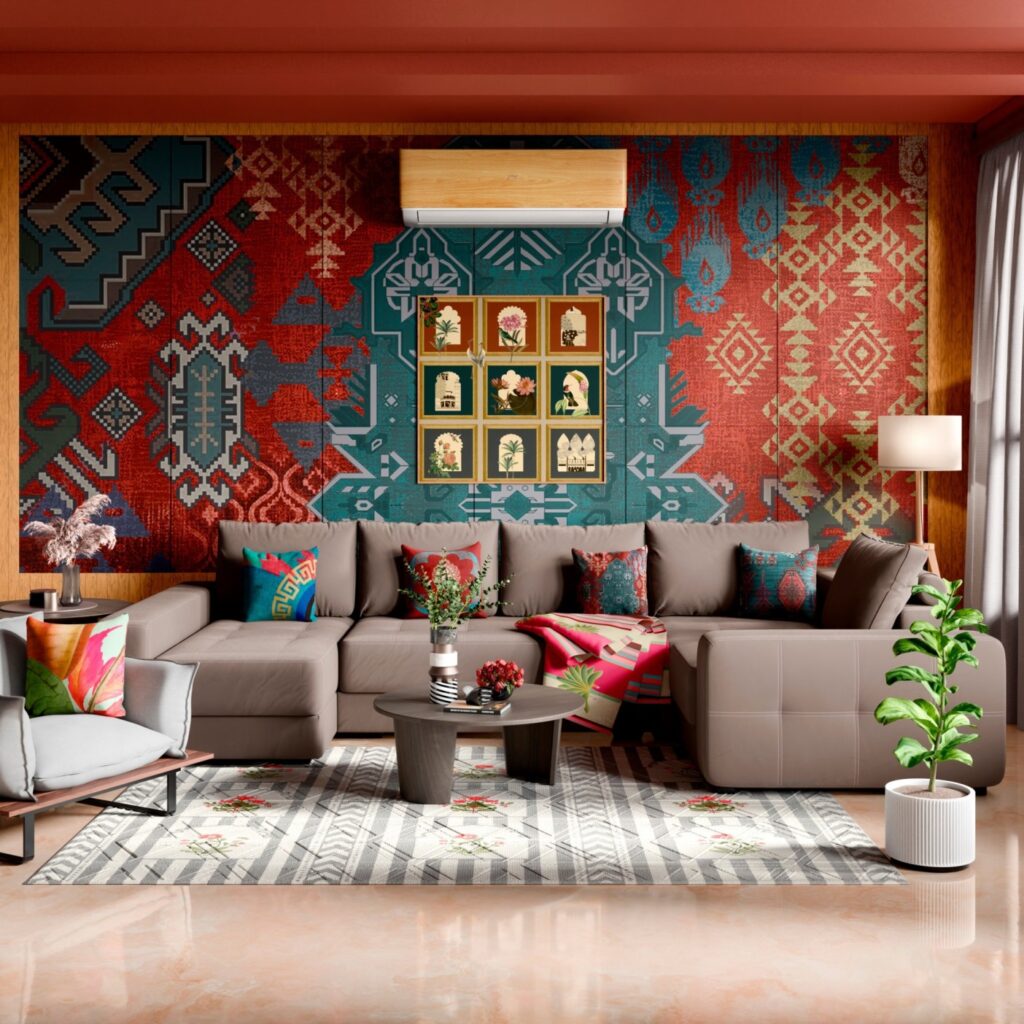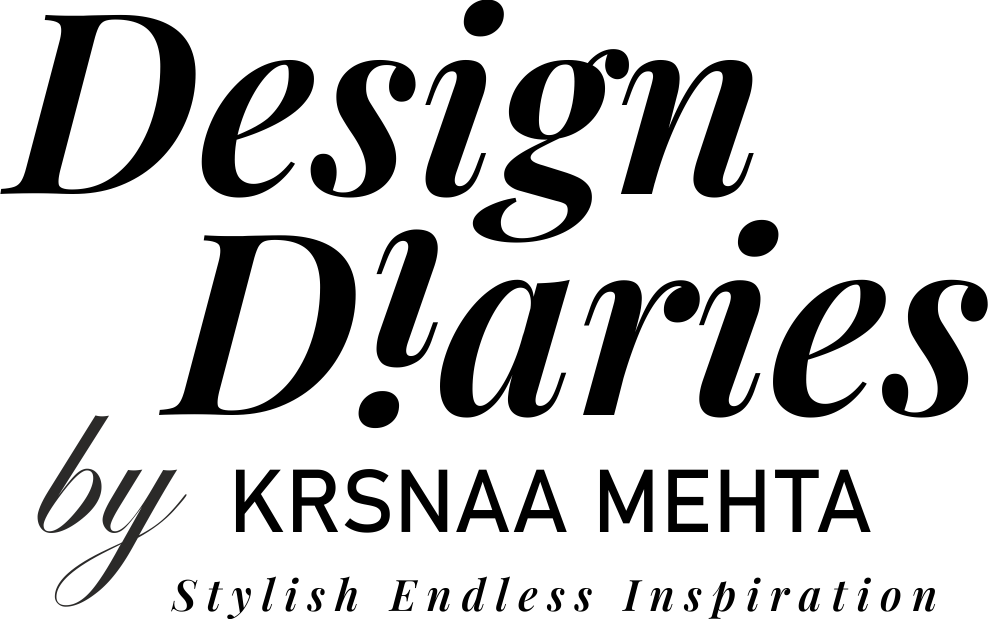When it comes to interior design, color plays a crucial role in setting the tone and mood of a space. Among the myriad of colors available, red is one of the most powerful and evocative. Yet, its potential is often underutilized in home interiors. This is where the “Unexpected Red Theory” comes into play. By embracing red in unconventional ways, you can infuse your home with energy, warmth, and a unique flair. This blog explores the Unexpected Red Theory, illustrating how this bold color can be used to transform your home interiors in surprising and impactful ways.
Definition of the Unexpected Red Theory

The Unexpected Red Theory refers to the concept of incorporating the color red into home interiors in ways that defy conventional expectations. Rather than using red in predictable or standard ways—such as in accent pieces or small accessories—the theory advocates for integrating this bold color into larger, more prominent design elements. This approach not only surprises but also creates a distinctive and memorable impact. By thinking outside the box, you can harness the power of red to redefine your space.
Meaning and Simplicity
Red is a color rich with meaning and emotion. Historically, it has been associated with passion, power, and warmth. In many cultures, red signifies love, energy, and vitality. Despite its intense associations, red can be surprisingly simple to incorporate into home design. The Unexpected Red Theory leverages the simplicity of red’s strong visual impact to create a striking effect without overwhelming the space. By choosing key design elements where red can stand out—such as walls, curtains, or large furniture pieces—you can achieve a bold statement with relative ease.
Stimulating Conversation

One of the most compelling aspects of the Unexpected Red Theory is its ability to stimulate conversation. Red is a color that commands attention and can evoke strong reactions. When used in unconventional ways, such as a striking red wall or an oversized red curtain, it becomes a focal point that invites discussion and intrigue. This can be particularly effective in social spaces like living rooms or dining areas, where conversation naturally flows. By integrating red in unexpected places, you turn your home into a conversation starter, reflecting your bold and adventurous design sensibility.
The Power of Color Red

The color red is renowned for its psychological and emotional impact. It is a color that stimulates and energizes, often used to create a sense of urgency or excitement. In interior design, red can invigorate a space, making it feel more dynamic and alive. The Unexpected Red Theory takes advantage of red’s inherent power by placing it in prominent positions within a room. This not only capitalizes on the color’s ability to draw attention but also enhances the overall energy and vibrancy of the space. Red can make a room feel more active and engaging, breaking away from the more subdued and neutral palettes that dominate many interiors.
Making Bolder Statements with Larger Design Elements

To truly embrace the Unexpected Red Theory, consider incorporating red into larger design elements. This could mean painting an accent wall in a bold shade of red or selecting vibrant red curtains that frame your windows. By choosing larger elements, you ensure that the color makes a significant impact. Red walls, for example, can create a dramatic backdrop that highlights other design elements in the room, while red curtains can serve as a bold contrast to more neutral furnishings. The scale of these design choices amplifies the effect of red, allowing it to dominate and define the space in a way that smaller accessories might not.
Warmth and Passion

Red’s association with warmth and passion is another reason it is such a powerful tool in interior design. The Unexpected Red Theory capitalizes on this quality by using red to create a cozy, inviting atmosphere. Whether you’re looking to warm up a cold, sterile room or add a touch of romance to a bedroom, red’s rich, vibrant tones can achieve these effects. Red can make a space feel more intimate and welcoming, turning it into a place where you and your guests can relax and connect. The warmth of red can enhance the comfort level of a room, making it a perfect choice for spaces where you want to foster a sense of emotional connection and energy.
Transforming Your Home Interiors

Applying the Unexpected Red Theory can significantly transform your home interiors, offering a fresh perspective on how you use color in your design. Here are some practical ways to implement this theory in your home:
1. Red Accent Walls: Painting one wall in a rich red hue can create a dramatic focal point in any room. It adds depth and interest, making the room feel more dynamic and engaging.
2. Bold Red Curtains: Opt for red curtains to add a splash of color and create a striking contrast against neutral walls. The movement and texture of fabric combined with a vibrant color can enhance the overall aesthetic of your space.
3. Red Furniture: Incorporate red furniture pieces, such as a sofa or armchair, to make a bold statement. These elements can serve as the centerpiece of a room, drawing the eye and adding a splash of color.
4. Artwork and Accessories: Use red in artwork, rugs, or decorative accessories to introduce color in a way that complements existing design elements. This approach allows you to incorporate red without overwhelming the space.
5. Red Lighting: Experiment with red light fixtures or lampshades to cast a warm, inviting glow in your rooms. This can create a unique ambiance and highlight other red elements in the space.
Conclusion
The Unexpected Red Theory offers a refreshing approach to using color in interior design. By embracing red in larger, more prominent elements, you can create a space that is both vibrant and memorable. Red’s power to stimulate conversation, its associations with warmth and passion, and its ability to make bold statements all contribute to its effectiveness as a design tool. By applying the Unexpected Red Theory, you can transform your home interiors into a dynamic, engaging environment that reflects your bold and adventurous design sensibility.

